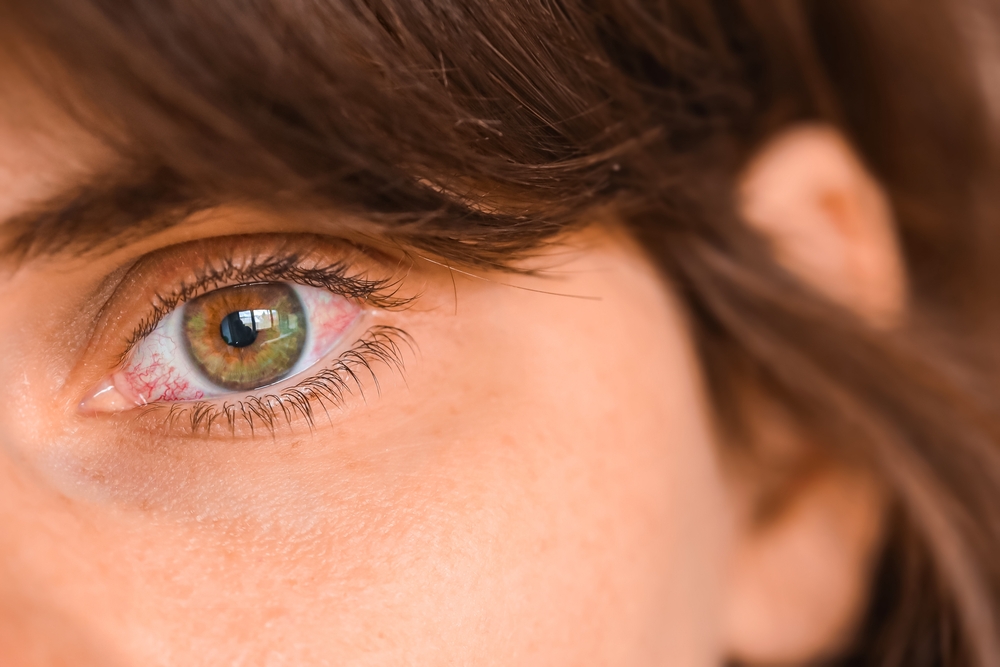
The world around us is full of wonders waiting to be explored, and often, our eyes are our gateway to experiencing these marvels. However, what happens when this gateway encounters a hurdle? One such condition that can affect our eyes is dry eye syndrome. It's not just a minor discomfort; it can hamper our daily lives and, if left untreated, lead to severe complications. Understanding dry eye is the first step towards better eye health.
The Meibomian Gland and its Role in Dry Eye
Our body is a complex machine, and every part has its specific function. One such part is the meibomian gland, tucked away in our eyelids, playing a crucial role in maintaining our eye health. These tiny glands produce an oil called meibum, which forms the outermost layer of our tear film, preventing the evaporation of tears.
When these glands function normally, they produce enough meibum to maintain the tear film's stability. However, when these glands get obstructed or do not function properly, it can lead to Meibomian Gland Dysfunction (MGD), a primary cause of dry eye. In MGD, the tear film loses its oily layer, leading to faster evaporation of tears and subsequently, dry eyes.
A malfunctioning meibomian gland can disrupt the tear film's balance, leading to dry eye symptoms. Regular eye hygiene and professional eye care can help maintain the health of these glands, ensuring their proper functioning.
Common Causes of Dry Eye
Age is one of the key factors. As we grow older, our body's ability to produce tears decreases, leading to dry eyes. Hormonal changes, especially in women during menopause, can also affect tear production. Certain medical conditions like diabetes, rheumatoid arthritis, and thyroid disorders can contribute to dry eye symptoms.
Additionally, environmental factors play a significant role. Exposure to smoke, wind, or dry climates can increase tear evaporation, leading to dry eyes. Similarly, prolonged screen time without regular breaks can cause a reduced blinking rate, thereby increasing the chances of dry eyes. Understanding these causes can help us take preventive measures and manage the condition effectively.
Recognizing the Symptoms of Dry Eye
Dry eye symptoms can range from mild to severe, and they can impact our daily activities. Some of the common symptoms include a stinging or burning sensation in the eyes, redness, and sensitivity to light. One might experience a feeling of something being stuck in the eye or difficulty wearing contact lenses. Surprisingly, watery eyes can also be a symptom of dry eye. This happens when the dryness irritates your eye, causing an overproduction of the watery component of your tears.
When to See an Optometrist for Dry Eye
While occasional dry eyes due to environmental conditions or screen time can be quite common, persistent symptoms warrant a visit to the optometrist. If you've been experiencing chronic dryness, redness, irritation, or sensitivity to light, it's time to consult an optometrist.
An optometrist can diagnose dry eye through a comprehensive eye examination. They can evaluate your tear production, tear stability, and check for any signs of eyelid or ocular surface inflammation. Based on the diagnosis, they can suggest appropriate treatment options.
Managing Dry Eye for Better Eye Health
Understanding dry eye, its causes, symptoms, and knowing when to seek help, can significantly influence our eye health. Dry eye is not just about occasional discomfort; it's a condition that can affect our lifestyle and, in severe cases, our vision.
Managing dry eye involves regular eye care, maintaining a healthy lifestyle, and professional help when needed. It's important to take regular breaks while working on screens, keep ourselves hydrated, and protect our eyes from harsh environmental conditions.
To learn more on the causes, symptoms, and treatment options for dry eye, visit Livingston Eye Care Associates in our Hamburg Township, Michigan office. Call (810) 231-5800 to schedule an appointment today.










